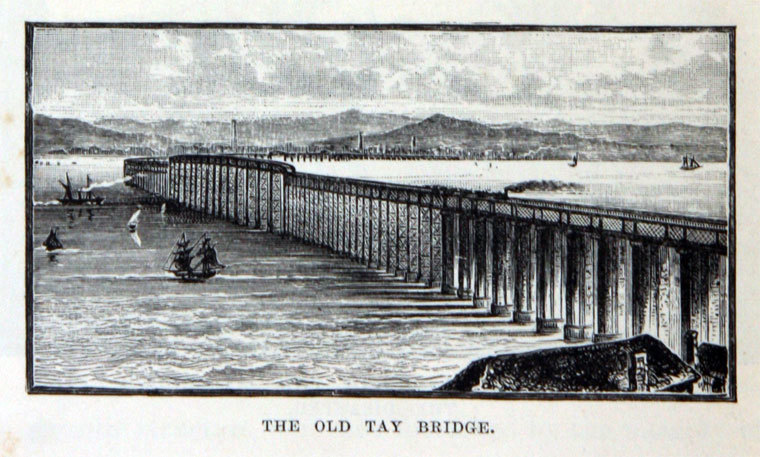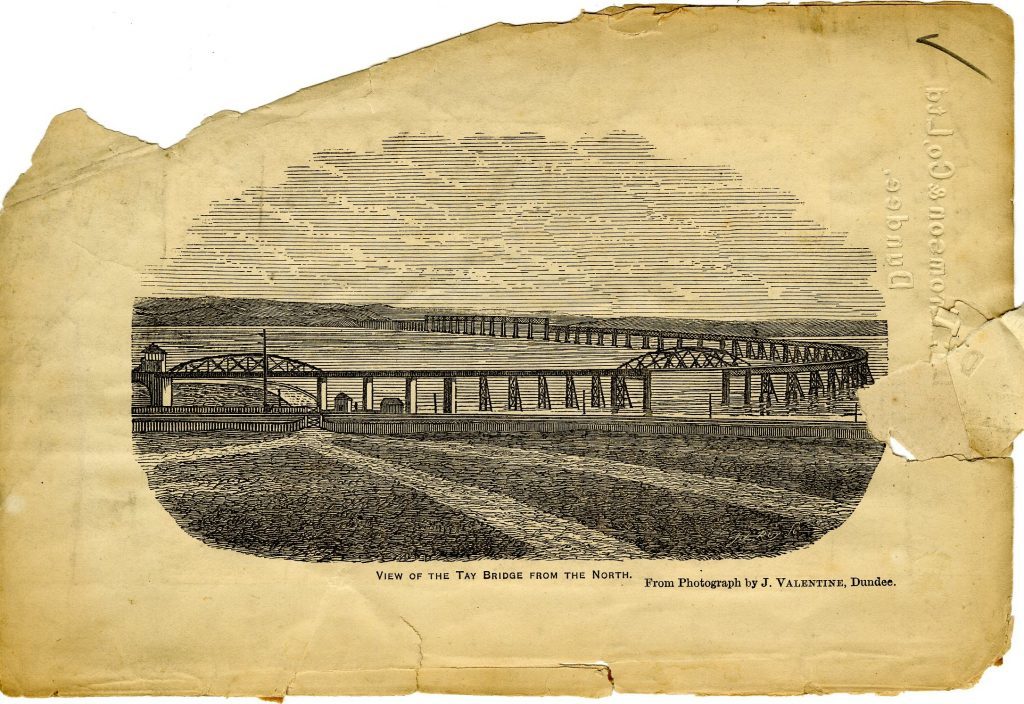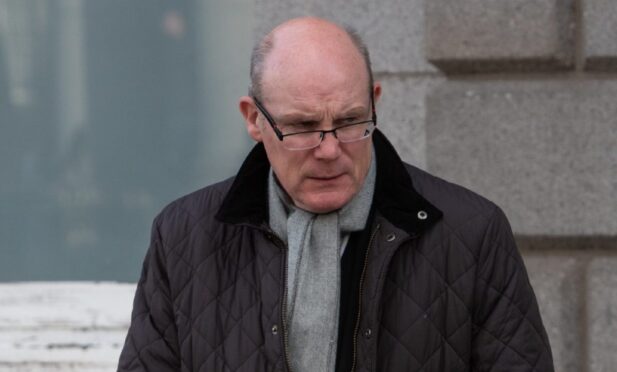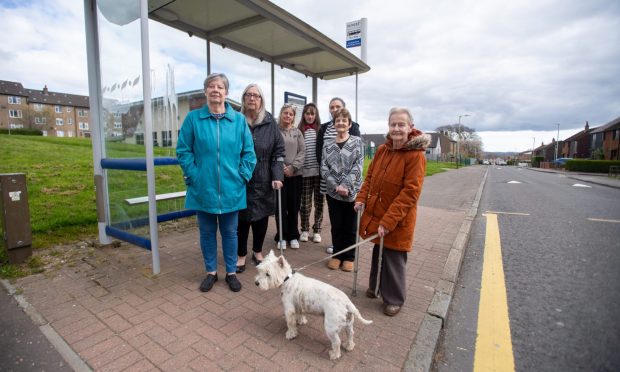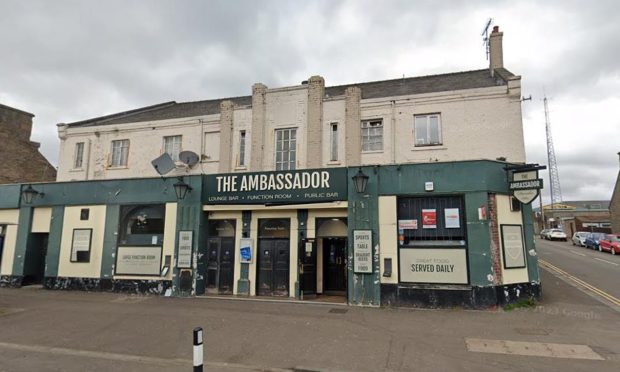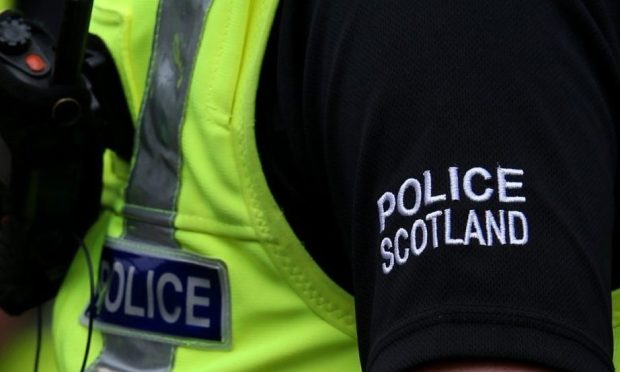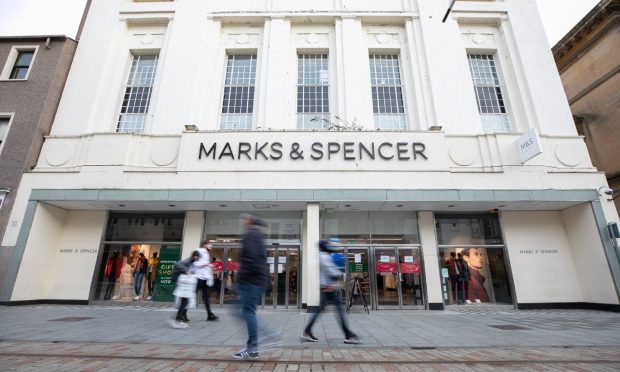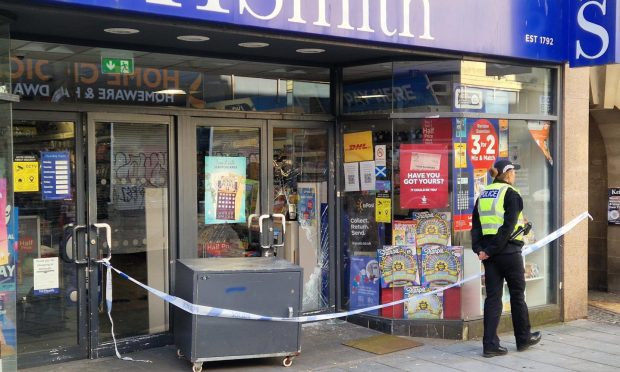It was the landmark train journey that brought up to 30,000 people to Dundee’s waterfront.
The first passenger train crossed the Tay Rail Bridge exactly 140 years ago – eight months before the bridge was officially opened.
A donkey engine called ‘The Mongrel’ had already passed over the bridge during the previous week after the laying of the rails was completed to make sure it was “in good working condition”.
Several thousand people also took the opportunity to walk across the bridge and descend the staircase at the first large pier “where they could form some idea of the magnitude of the structure”.
A passenger train containing the directors of the Tay Bridge and the North British Railway crossed to great cheers on September 25, 1877.
The Dundee Courier and Argus said many thousands of people were attracted to the Esplanade and Magdalen Green to witness the crossing.
“From Dock Street and Union Street crowds streamed into the Esplanade until it was literally crowded from one end to the other, while from the streets leading to the Perth Road, thousands poured into the Magdalen Green and many drove to it in carriages.
“So large a crowd on the Esplanade has never been seen and it is computed that the spectactors there and on the Magdalen Green numbered between 20,000 and 30,000.
“The sloping portions of the Green, adjoining the carriageway, afforded excellent vantage ground from which to obtain a fine view of the bridge, and thousands therefore sat or stood all along these parts of the Green.
“The scene was imposing and interesting and the order and behaviour of all was most exemplary.”
The directors left Edinburgh at 9.40am on a special train which consisted of two saloon carriages and two vans and reached Leuchars at 11.30am, the engine “being gaily decked with flags”.
The special train, which carried dignitaries and representatives from the morning papers in Dundee, was shunted onto the new Tay Bridge line at Leuchars.
After a journey of half-an-hour it arrived at the bridge at noon and as the engine steamed up it was received with great cheering.
After proceeding a short distance a stoppage was made on the bridge for a photograph to be taken.
The engine then resumed its journey very slowly and was cheered by passengers travelling on steamers in the water below.
Those in the train responded by waving their hankerchiefs from the carriage windows.
When the train cleared the large girders it proceeded more rapidly to the north side of the river “when the thousands of spectators who had assembled gave vent to their feelings by loud and continued cheering”.
The journey time was 12 minutes and in the evening a grand display of fireworks took place in honour of the visit of the directors and the successful running of the first passenger train.
The bridge was eventually opened for passenger traffic in June 1878.
On the night of December 28 1879 at 7.15pm the bridge collapsed after its central spans gave way during high winter gales.
